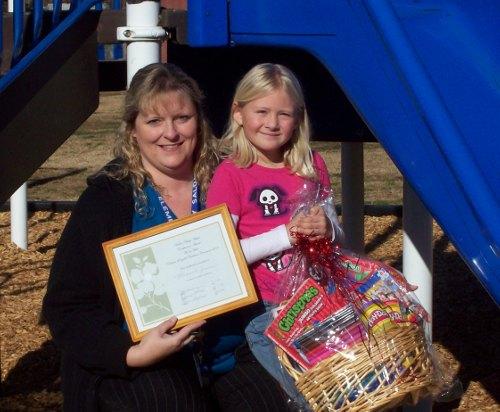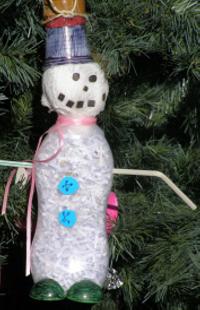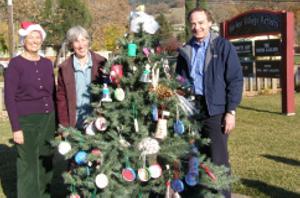- Judy Comoletti
- Posted On
Think fire safety this holiday season
But as we do these things, fire safety is rarely a thought. It may seem that the holidays and home fires are two completely different topics, but they’re not; national statistics show that the holiday season turns sorrowful, and sometimes even fatal for so many households each year as the result of home fires. Cooking, Christmas trees, candles and holiday lights – all key parts of the holiday season – are significant causes of fires that occur this time of year.
While it’s quite a somber perspective on the holiday season, the good news is that it doesn’t have to be this way. With just one or two minor changes, often taking a few minutes, or even seconds, of time, the holidays can stay festive and safe for everybody. It’s important for people to take basic but vital fire safety precautions as they plan and prepare for the upcoming holiday season.
These simple steps can greatly reduce the risk of fire and its potentially devastating impact on homes and families:
Cooking: NFPA statistics show that unattended cooking is the leading cause of U.S. home fires and home fire injuries. Stay in the kitchen while you’re frying, grilling or broiling food. Most cooking fires involve the stovetop, so keep anything that can catch fire away from it, and turn off the stove when you leave the kitchen, even if it’s for a short period of time. If you’re simmering, boiling, baking or roasting food, check it regularly and use a timer to remind you that you’re cooking. Create a “kid-free zone” of at least three feet around the stove and areas where hot food and drinks are prepared or carried.
Candles: Candles are widely used throughout the holidays, and December is the peak month for home candle fires. More than half of all candle fires start because the candle was too close to things that could catch fire. Consider using flameless candles, which look and smell like real candles. However, if you do use traditional candles, keep them at least 12 inches away from anything that can burn, and remember to blow them out when you leave the room or go to bed. Use candle holders that are sturdy, won’t tip over and are placed on uncluttered surfaces. Avoid using candles in the bedroom where two of five U.S. candle fires begin or other areas where people may fall asleep. Lastly, never leave a child alone in a room with a burning candle.
Christmas trees: U.S. fire departments annually respond to 250 structure fires caused by Christmas trees. Nearly half of them are caused by electrical problems, and one in four resulted from a heat source that’s too close to the tree.
Here are some guidelines for picking, placing and lighting a tree:
If you have an artificial tree, be sure it’s labeled, certified or identified by the manufacturer as fire-retardant.
If you choose a fresh tree, make sure the green needles don’t fall off when touched; before placing it in the stand, cut 1-2 inches from the base of the trunk. Add water to the tree stand, and be sure to water it daily.
Make sure your tree is at least three feet away from any heat source, like fireplaces, space heaters, radiators, candles and heat vents or lights.
Make sure the tree is not blocking an exit.
Use lights that have the label of an independent testing laboratory, and make sure you know whether they are designed for indoor or outdoor use.
Replace any string of lights with worn or broken cords, or loose bulb connections. Connect no more than three strands of mini-string sets and a maximum of 50 bulbs for screw-in bulbs.
Never use lit candles to decorate the tree.
Always turn off Christmas tree lights before leaving the home or going to bed.
After Christmas, get rid of the tree. Dried-out trees are a fire hazard and should not be left in the home or garage, or placed outside the home.
Think green. Check to see if your community has a Christmas tree recycling program.
Bring outdoor electrical lights inside after the holidays to prevent hazards and make them last longer.
The holidays are a truly special time of year. Following these fire safety precautions and measures will ensure it remains one. For more tips, advice and information about holiday fire safety, please visit http://www.nfpa.org/holiday .
Judy Comoletti is the Division Manager of Public Education for the National Fire Protection Association, which has been a worldwide leader in providing fire, electrical, buildin, and life safety to the public since 1896. The mission of the international nonprofit organization is to reduce the worldwide burden of fire and other hazards on the quality of life by providing and advocating consensus codes and standards, research, training, and education. Visit NFPA’s Web site at www.nfpa.org .











